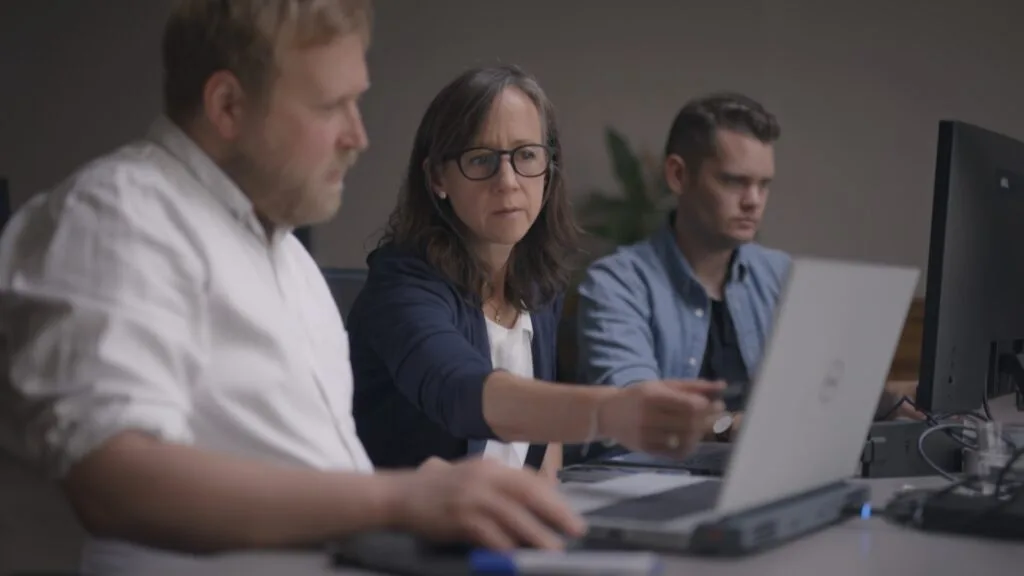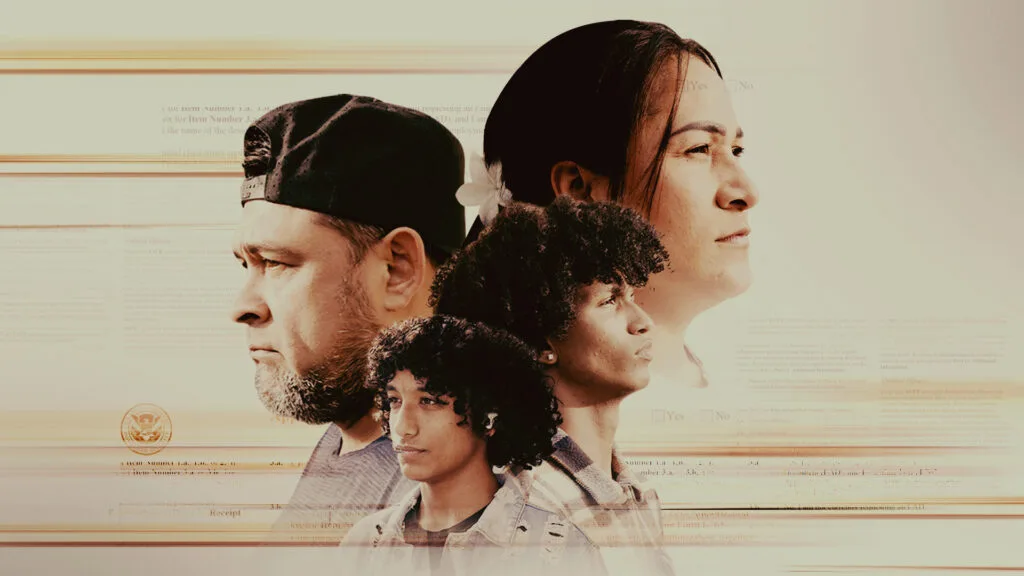Uncovering a Pattern of ‘Strategic Violence’ by Russia in Ukraine

November 10, 2022
Since the start of Russia’s invasion of Ukraine, FRONTLINE and the Associated Press have been investigating mounting evidence of war crimes. The two organizations’ recent documentary, Putin’s Attack on Ukraine: Documenting War Crimes, found that in many instances the violence was far from random.
AP Global Investigative Reporter Erika Kinetz, the documentary’s correspondent, joins The FRONTLINE Dispatch to talk about this months-long collaborative investigation. From reporting on the ground in Ukraine, to piecing together hours of CCTV footage and audio intercepts of Russian soldiers’ conversations, Kinetz spoke with FRONTLINE’s editor-in-chief and executive producer Raney Aronson-Rath about working with FRONTLINE producers to trace the story of one woman’s loss to a larger pattern of strategic violence in Bucha and other Kyiv suburbs.
“Victim after victim, survivor after survivor would ask the same question, which is: ‘Why? Why did this happen?’” Kinetz said. “It didn’t actually dawn on me until near the end of our reporting that there were actually patterns at play in the violence that we were seeing, and there were actually strategies motivating a lot of the violence.”
Putin’s Attack on Ukraine: Documenting War Crimes is now streaming on FRONTLINE’s website, the PBS Video App, and FRONTLINE’s YouTube channel.
Examine the incidents FRONTLINE and AP documented in the War Crimes Watch Ukraine interactive tracker.
Want to be notified every time a new podcast episode drops? Sign up for The FRONTLINE Dispatch newsletter.
Latest Documentaries
Policies
Teacher Center
Funding for FRONTLINE is provided through the support of PBS viewers and by the Corporation for Public Broadcasting. Additional funding is provided by the Abrams Foundation; Park Foundation; the John D. and Catherine T. MacArthur Foundation; and the FRONTLINE Trust with major support from Jon and Jo Ann Hagler on behalf of the Jon L. Hagler Foundation, and additional support from Koo and Patricia Yuen. FRONTLINE is a registered trademark of WGBH Educational Foundation. Web Site Copyright ©1995-2025 WGBH Educational Foundation. PBS is a 501(c)(3) not-for-profit organization.


















